Winter Awareness Week is jointly sponsored by the State of Wisconsin Emergency Management team and the National Weather Service Offices that serve Wisconsin. Everyone is encouraged to participate in the planned events and become more aware of the dangers of winter weather in Wisconsin. Winter hazards include heavy snows, blizzards, ice storms, extreme cold and low wind chills, widespread high winds, glazing of freezing drizzle or freezing rain, dense fog, and indirectly the effects of carbon monoxide poisoning.
Tips for surviving our harsh winters from ReadyWisconsin.
An update occurred for extreme cold/wind chill headlines starting with the 2024-2025 Winter Season:
 |
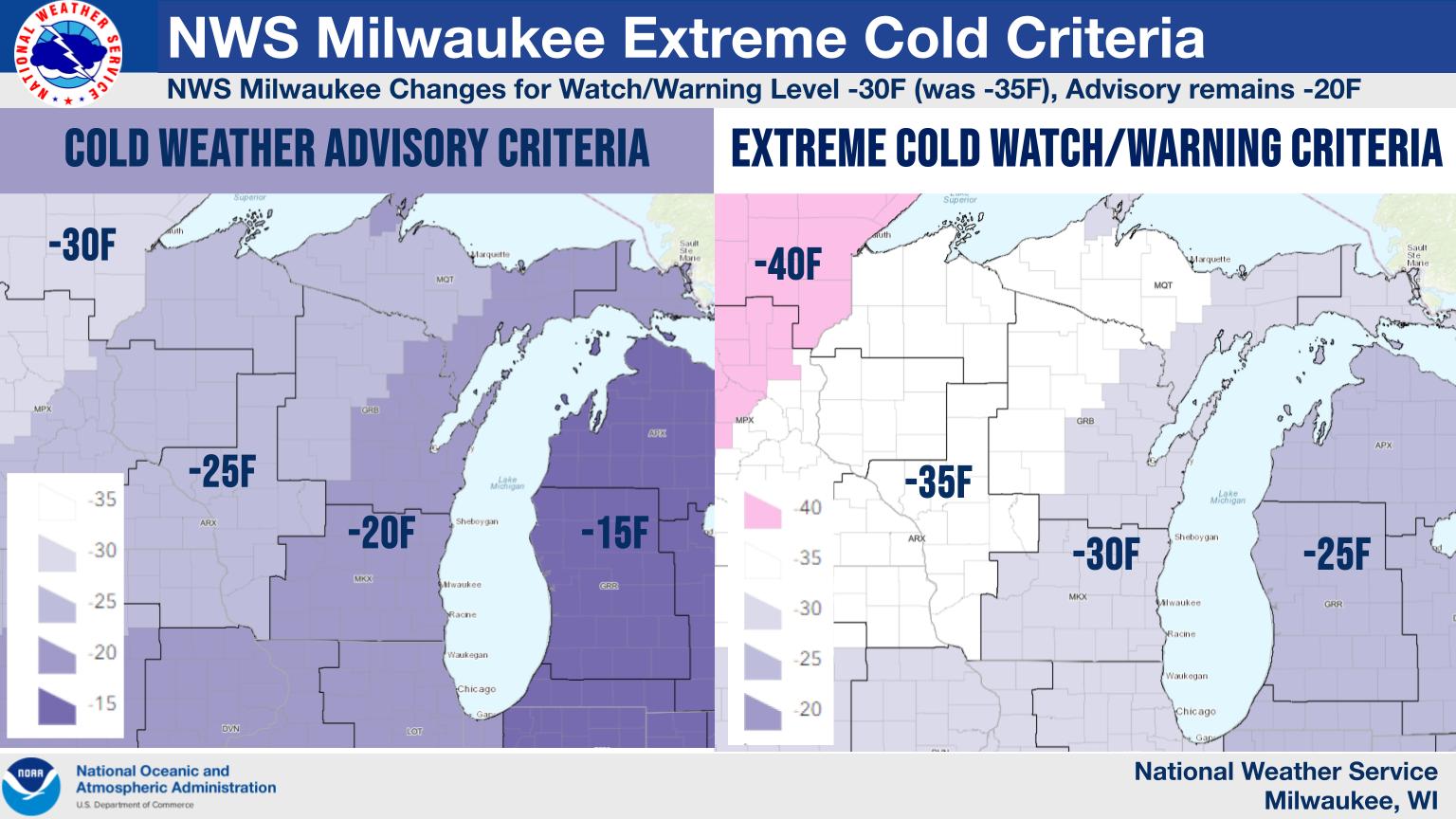 |
|
What is Winter Weather |
|
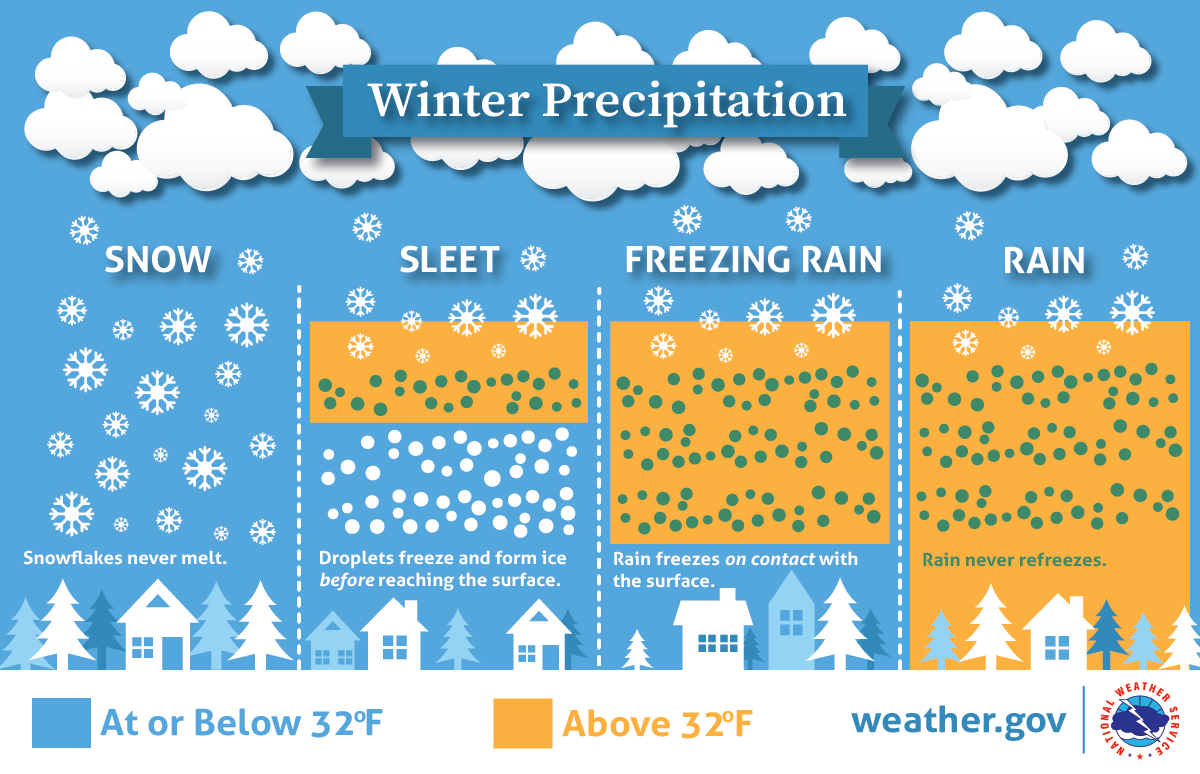 |
 |
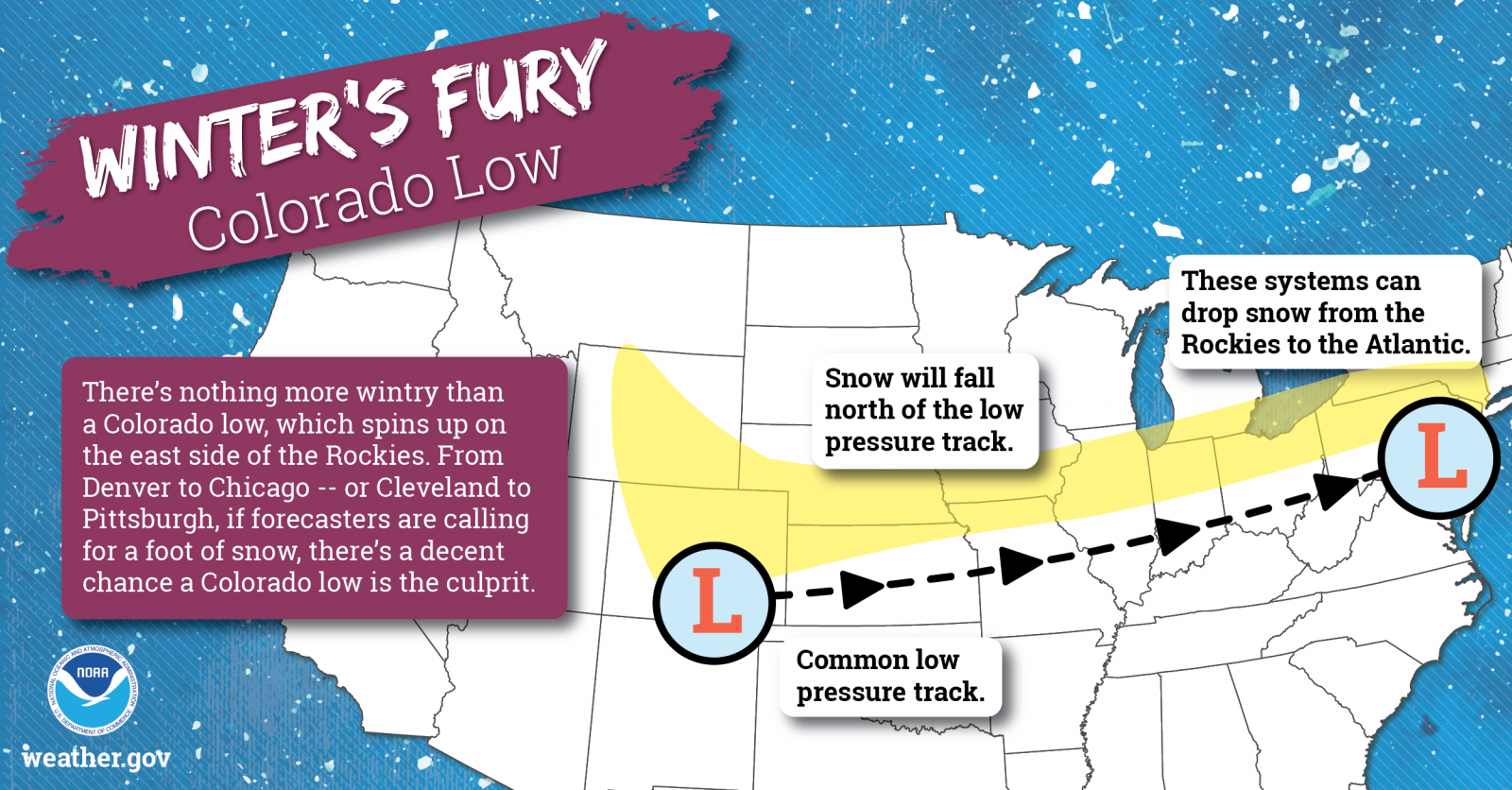 |
 |
|
Winter Forecasting Part 1 |
Winter Forecast Part 2 |
NWS Winter Products |
||
 |
 |
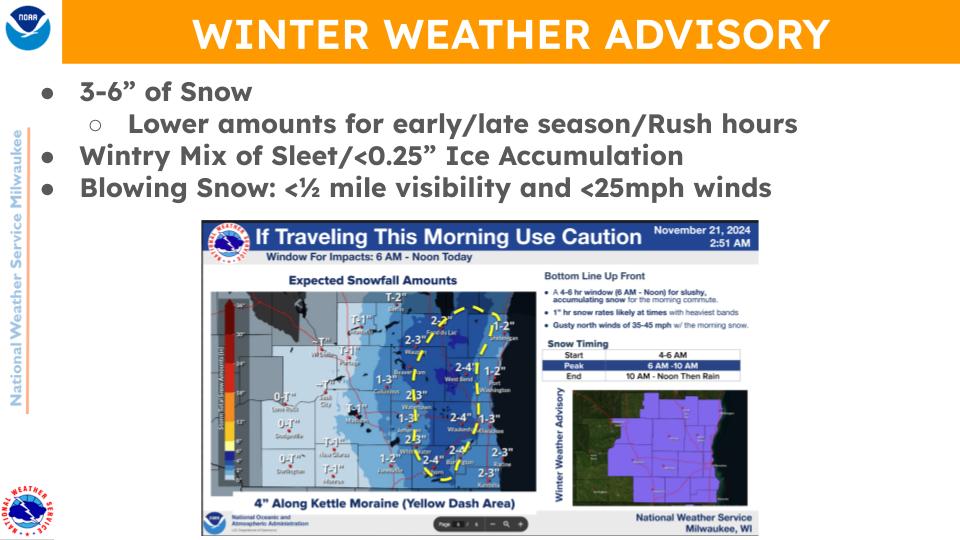 |
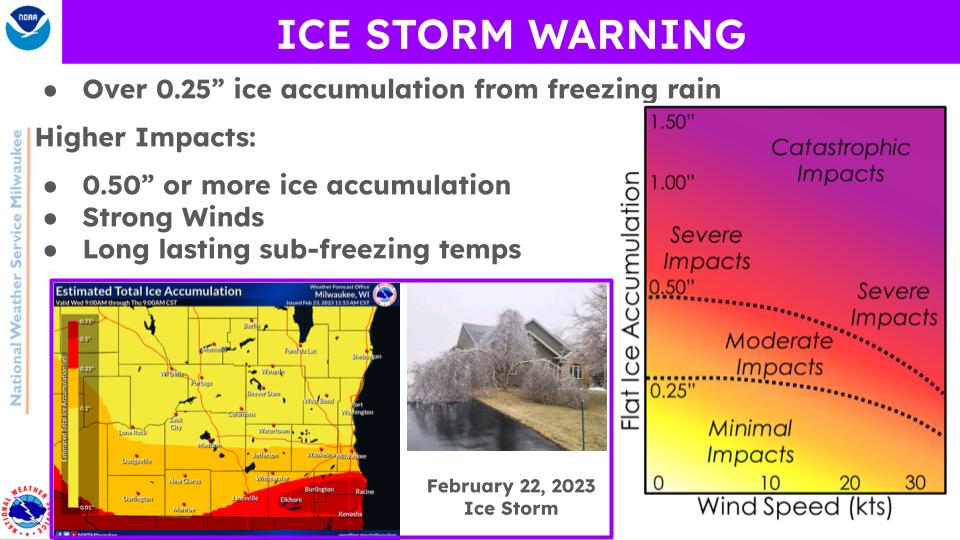 |
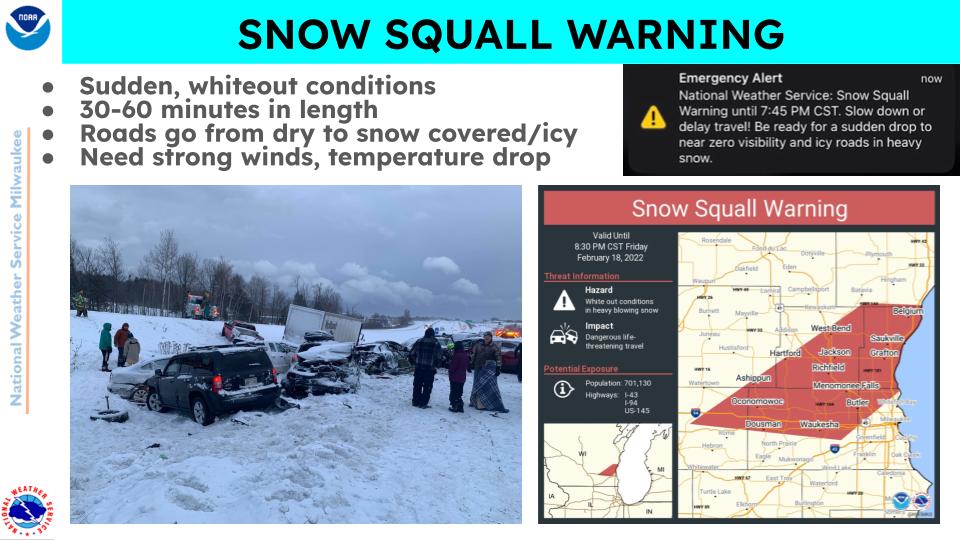 |
 |
 |
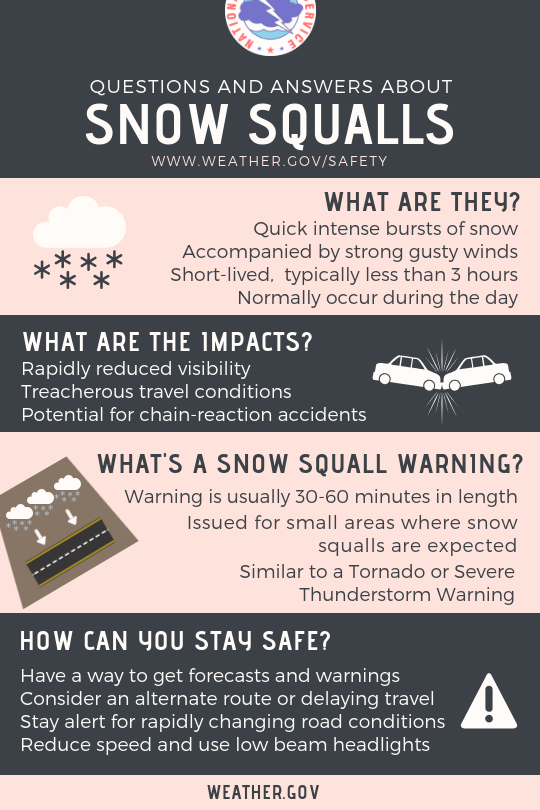 |
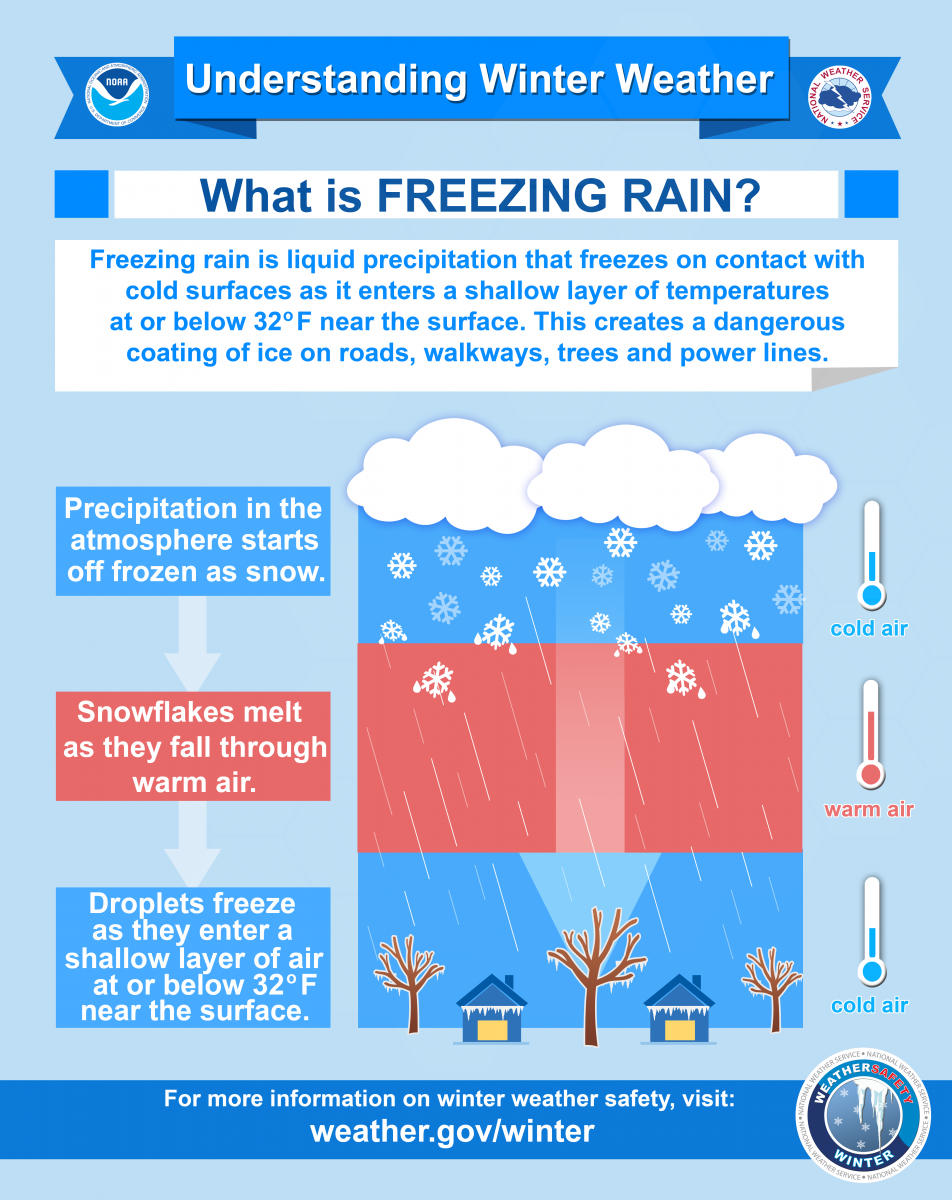 |
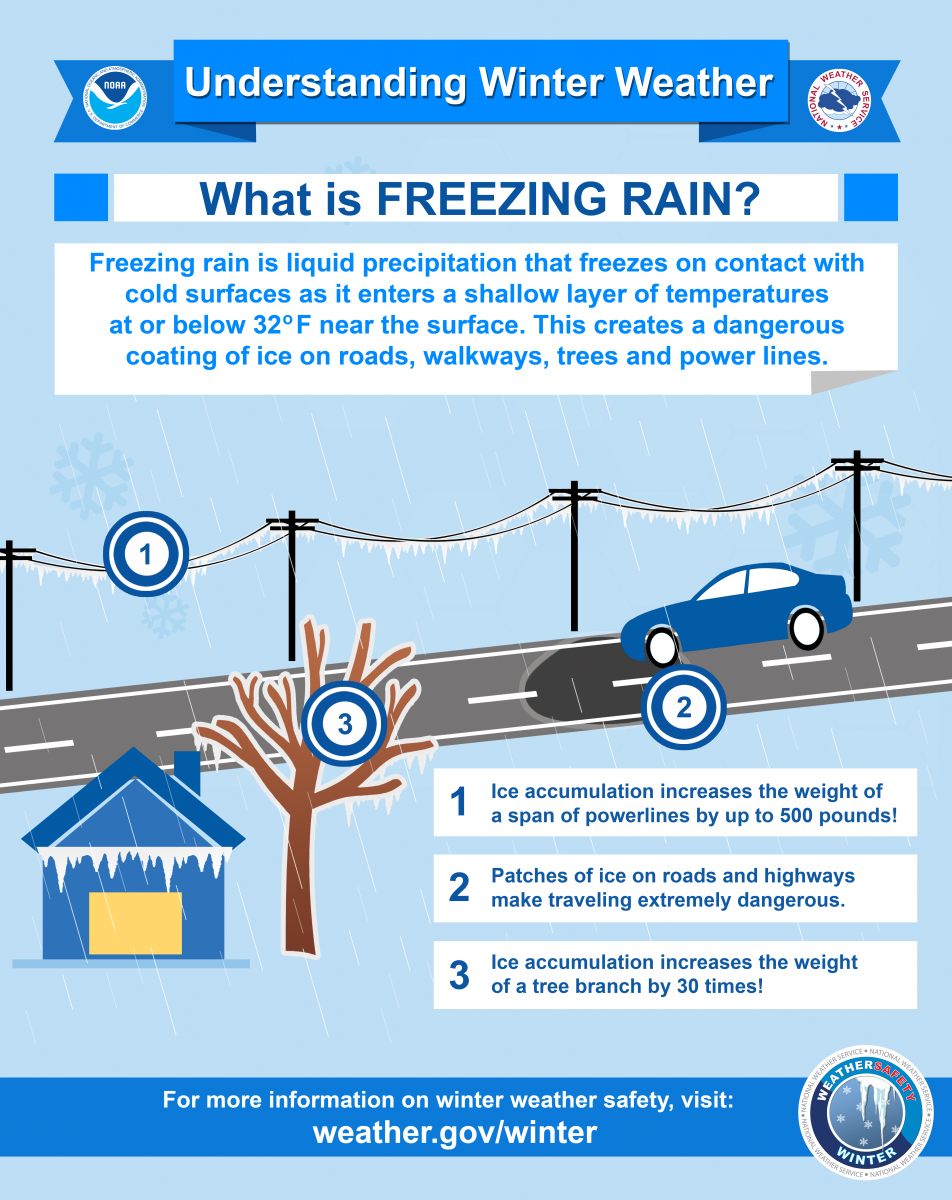 |
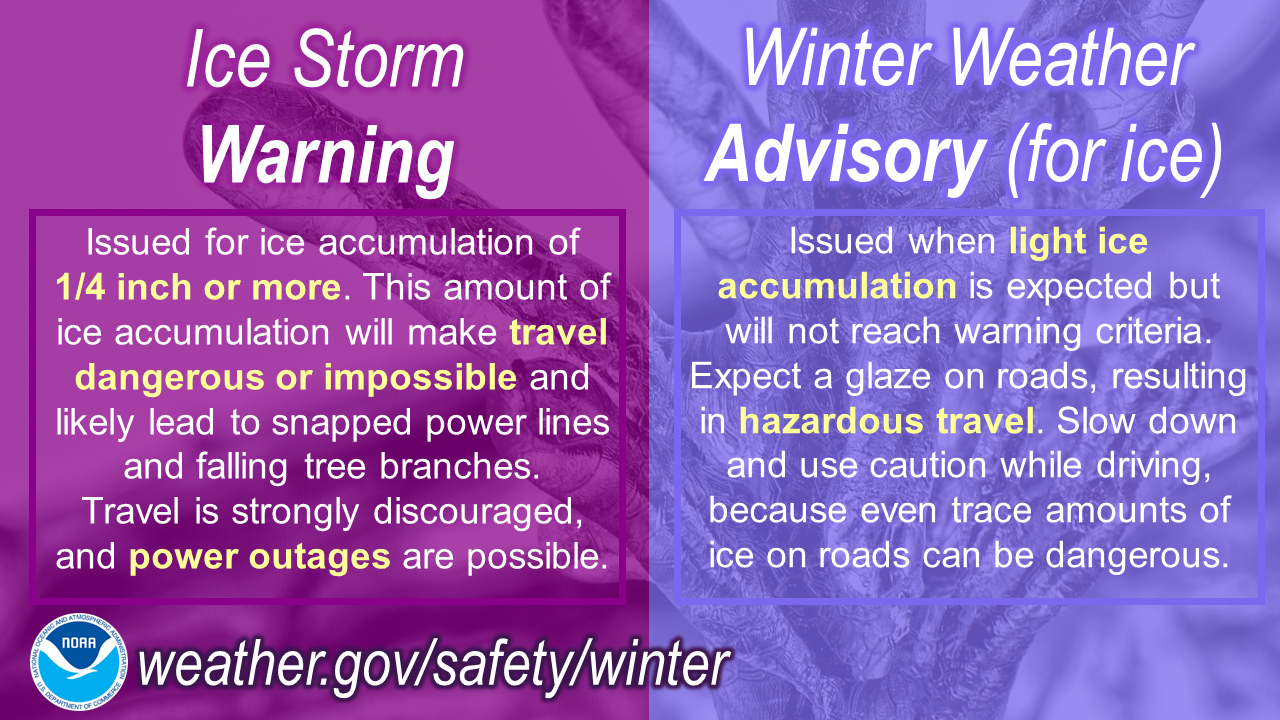 |
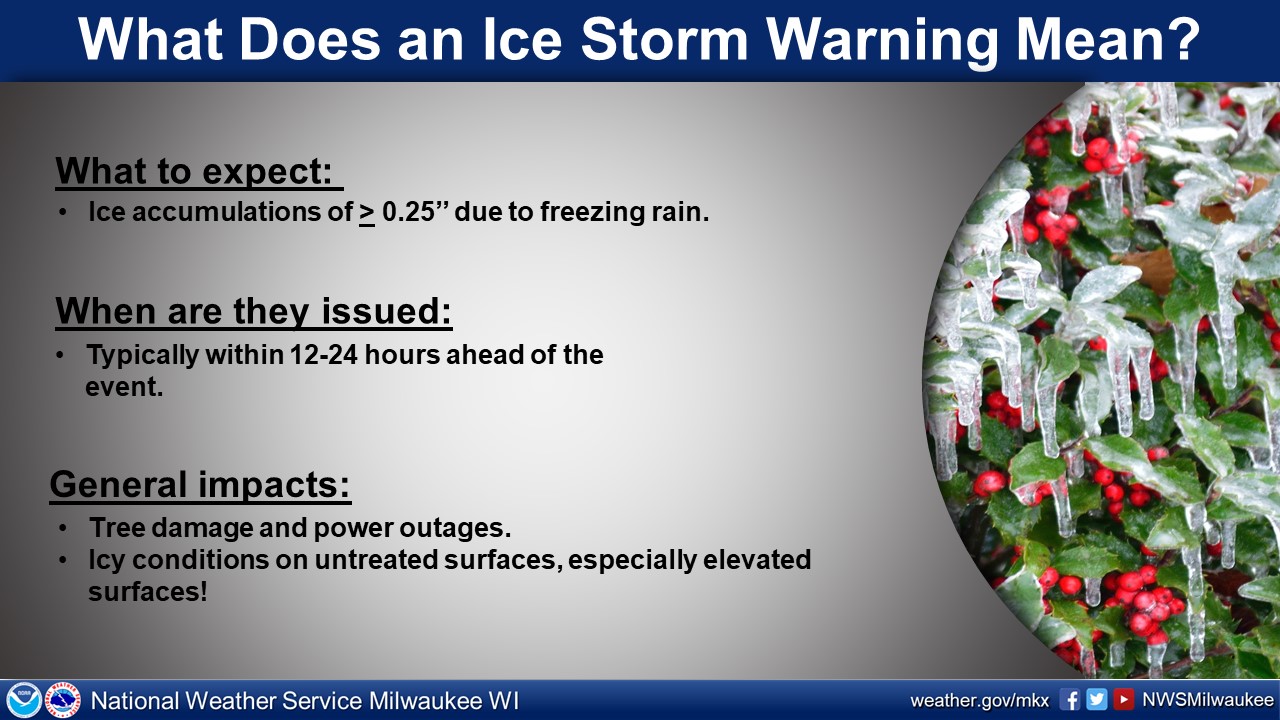 |
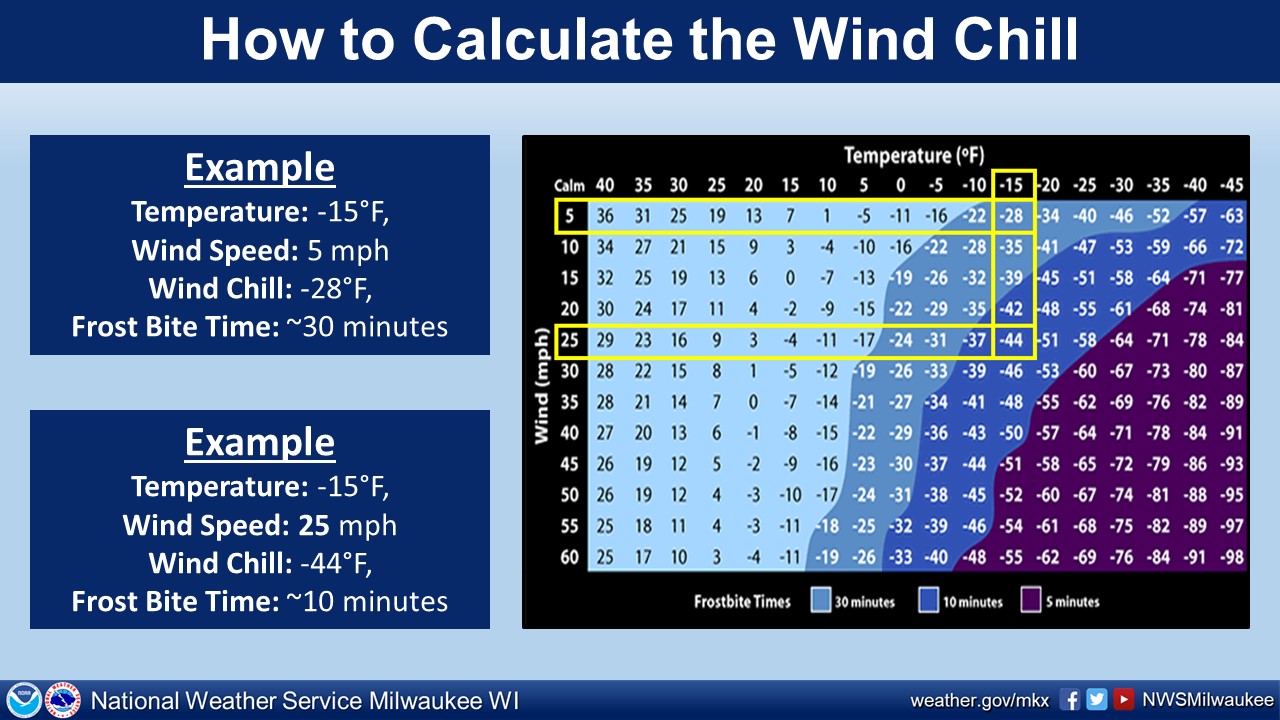 |
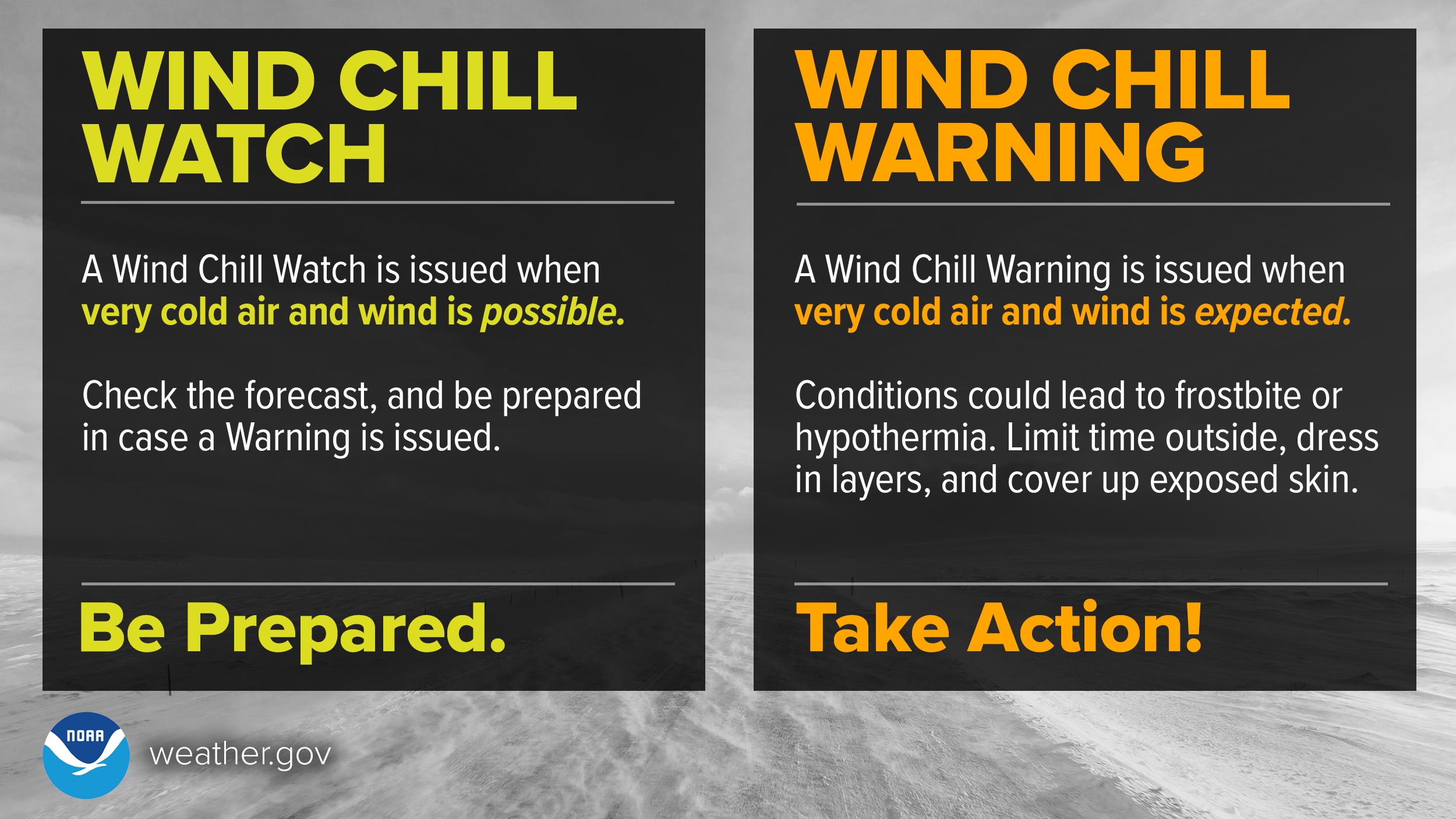 |
 |
|
According to Wisconsin Department of Transportation statistics, an average of about 50,000 vehicle accidents occur in the state each winter season when roads are covered with snow, ice, or slush. This results in an average of about 45 deaths and 5,000 injuries each winter. Nationally, an average of about 950 people die in winter-related road accidents each year. Many of these accidents can be avoided. In addition, Wisconsin DOT statistics indicate that on average, about 1,200 vehicle accidents occur in the state each year when dense fog is a factor. This results in about 16 deaths and 700 injuries. Dense fog is more likely during the cooler part of the year. On Friday, October 11th, 2002, a multiple-vehicle accident in southern Sheboygan County resulted in 10 fatalities due to white out conditions in dense fog on I-43, and another accident in northern Ozaukee County resulted in one fatality. Dense fog can occur at any time of the year, but is most common in the cooler part of the year. Many of the accidents related to dense fog can also be avoided. |
April 21, 2021 Interstate 41 Snow Related Pileup |
|
|
 |
 |
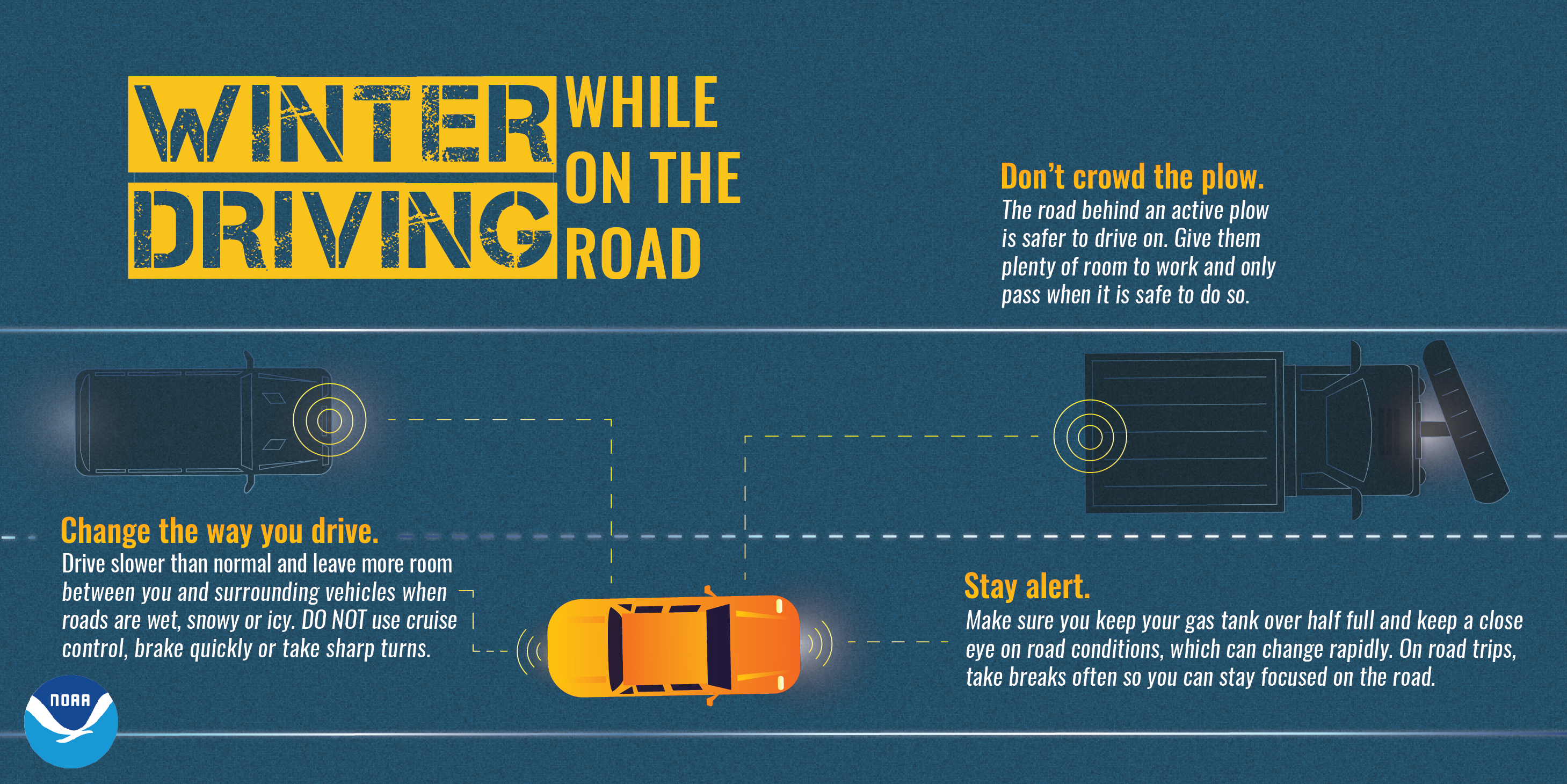 |
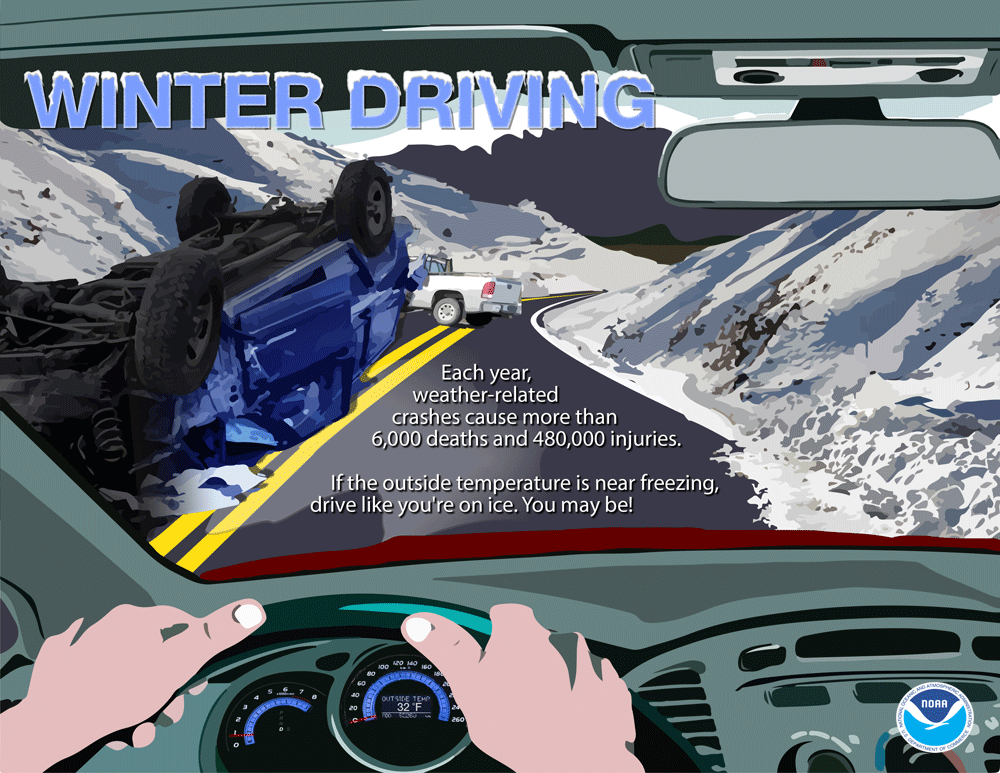 |
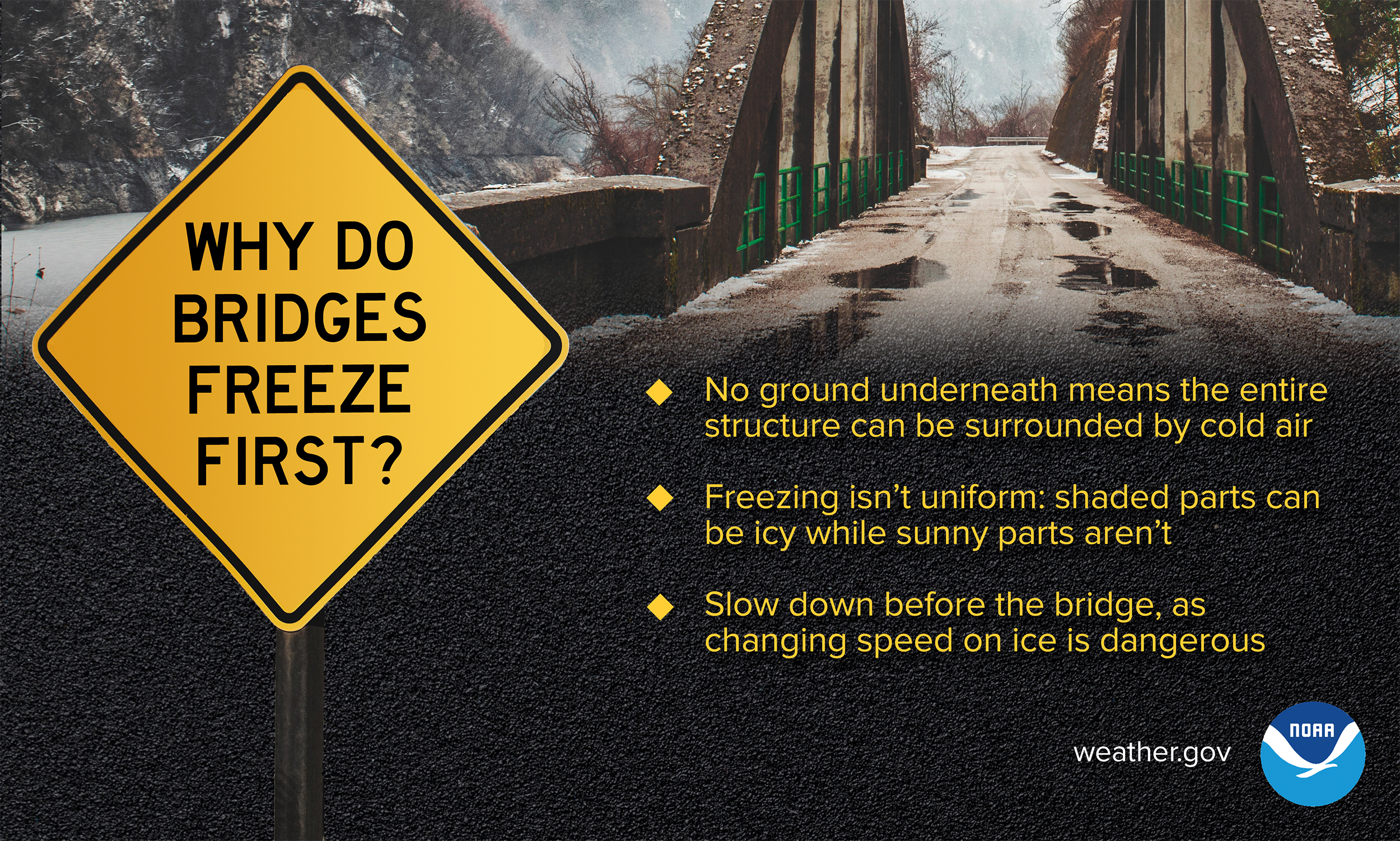 |
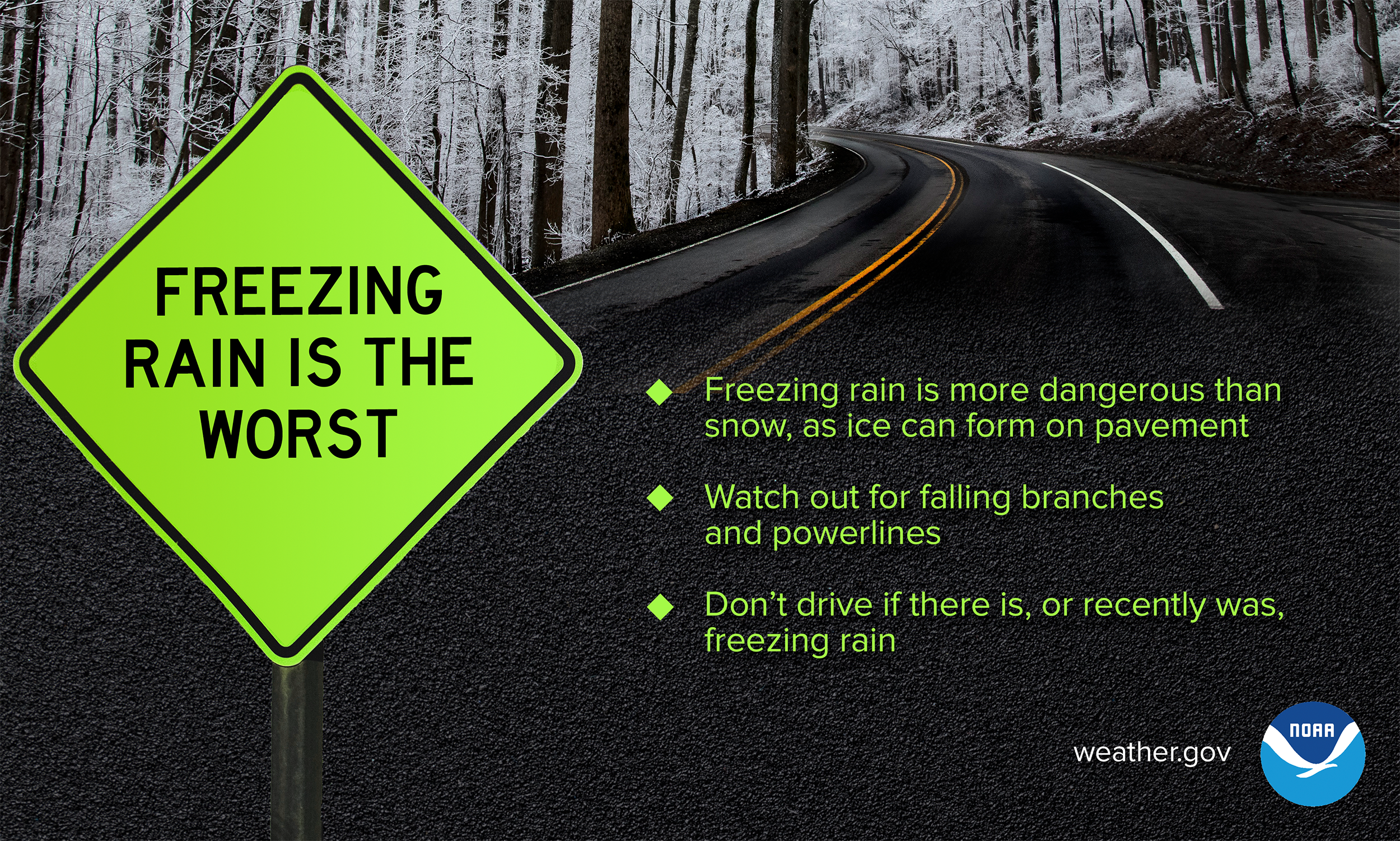 |
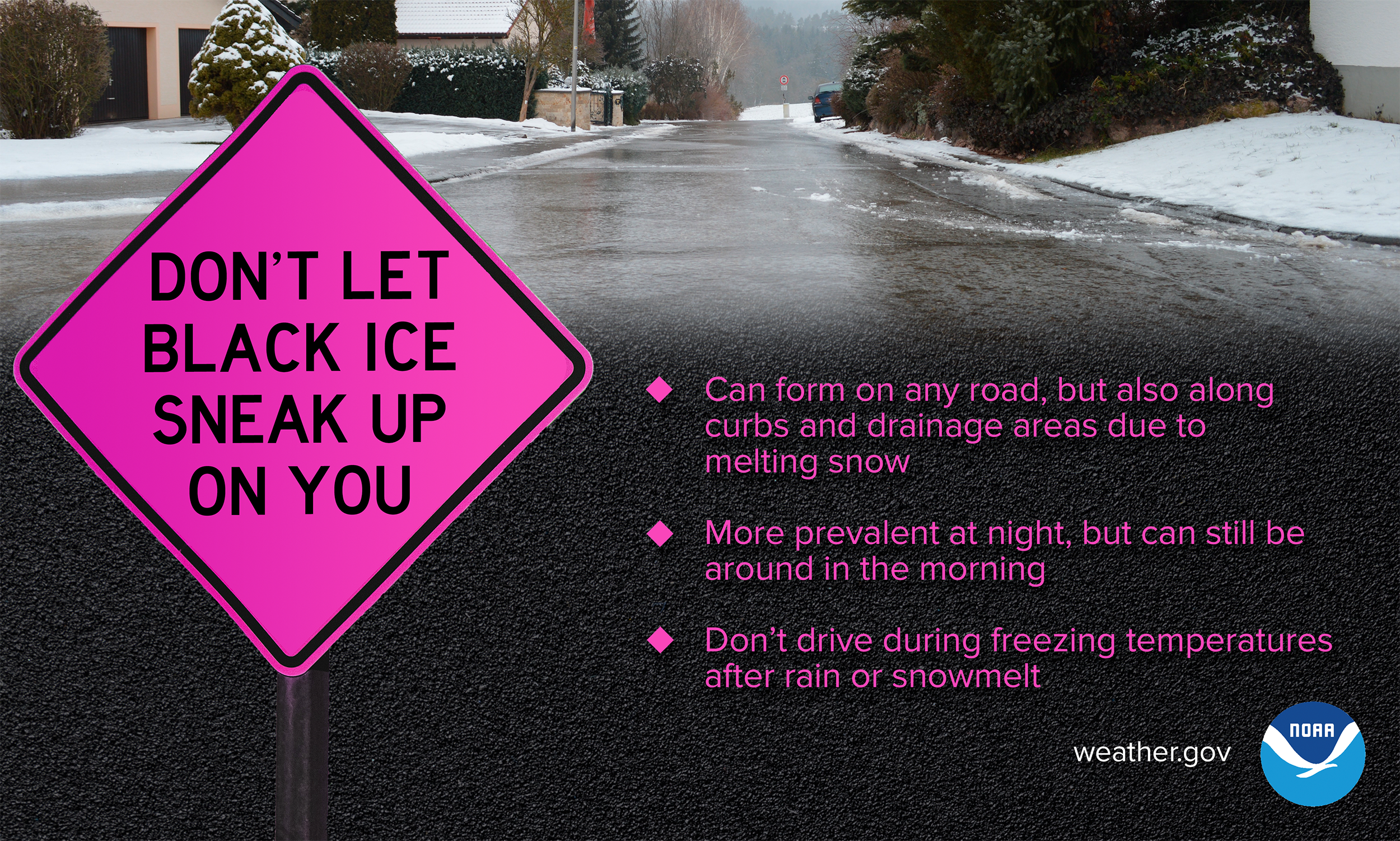 |
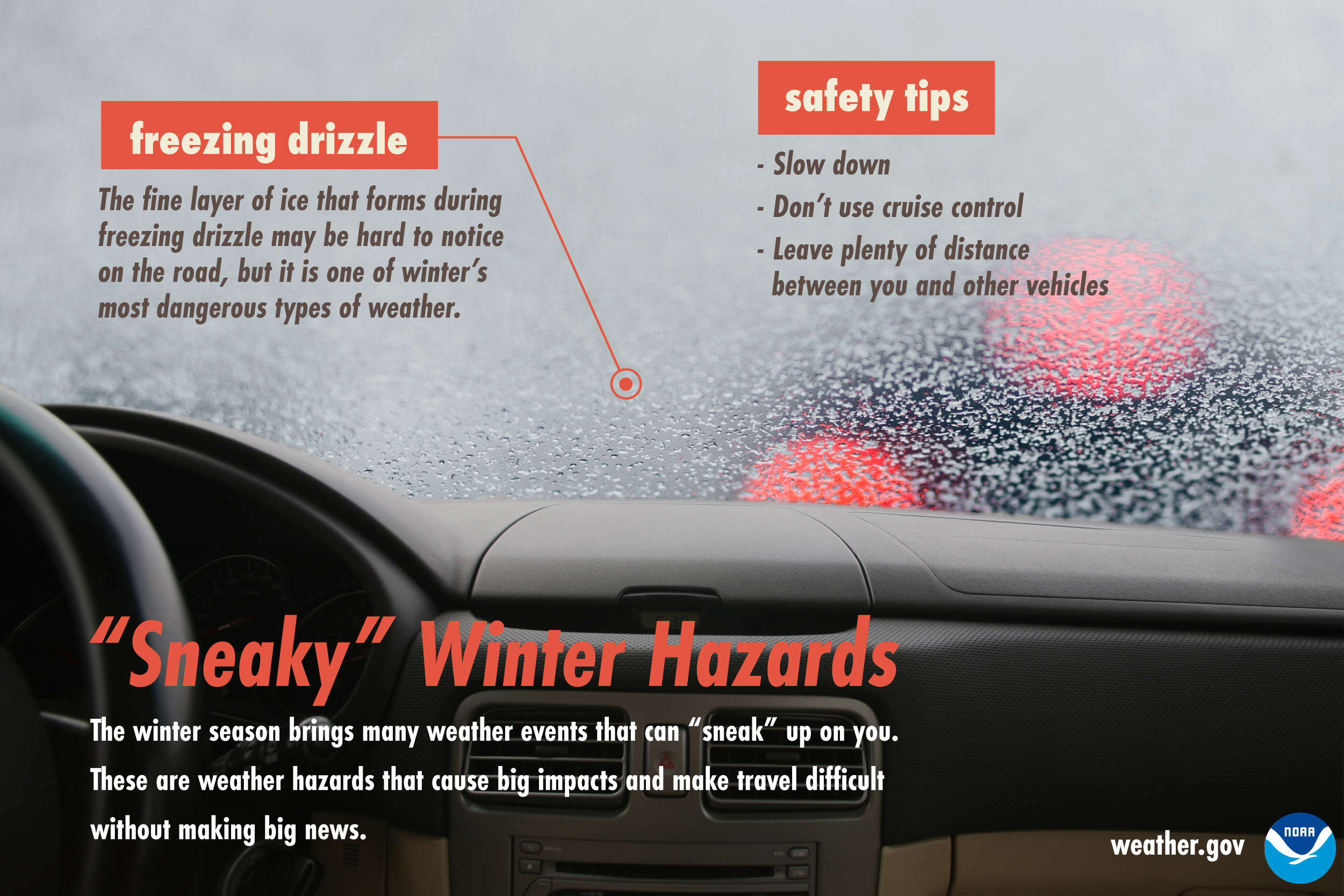 |
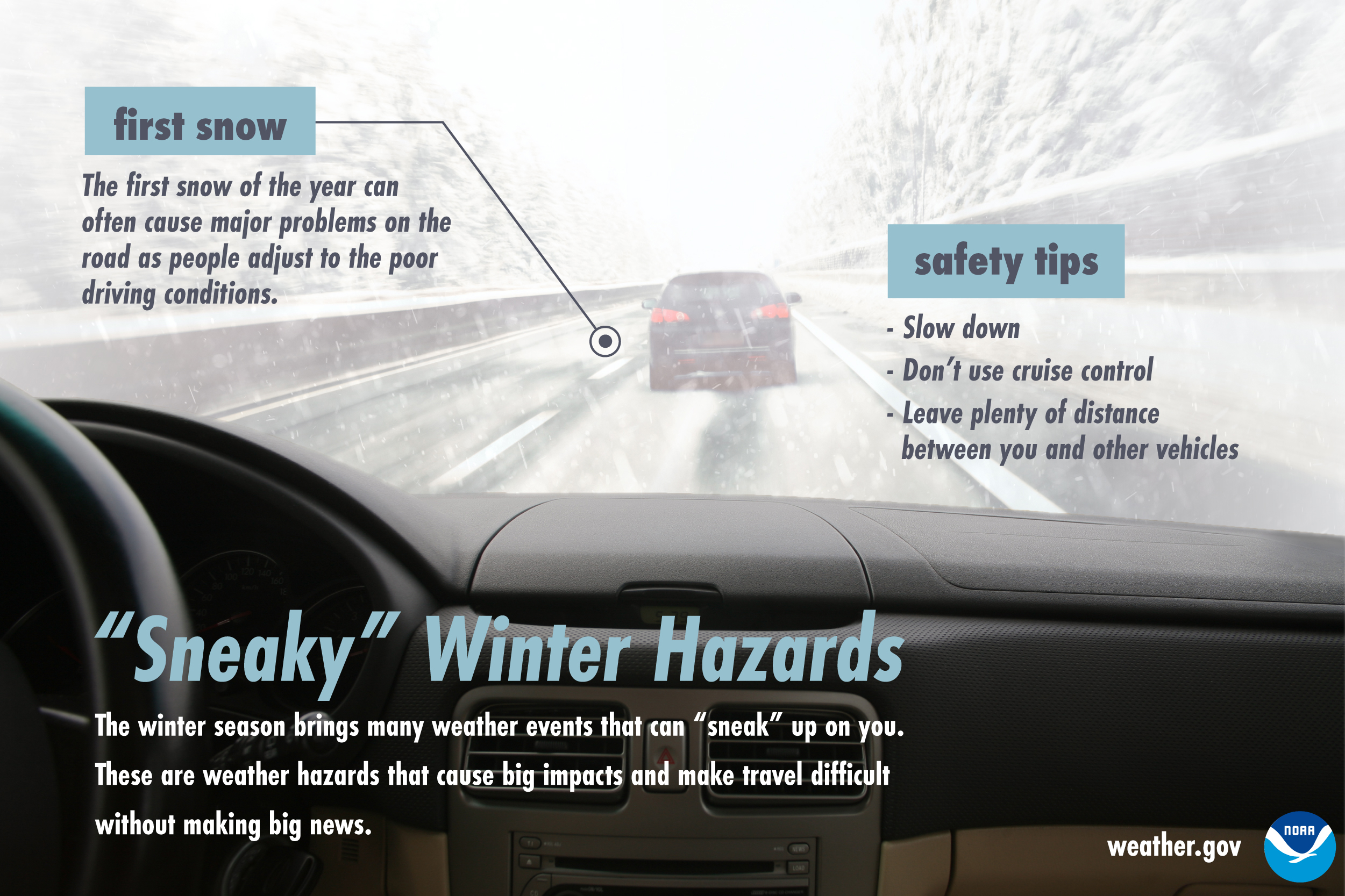 |
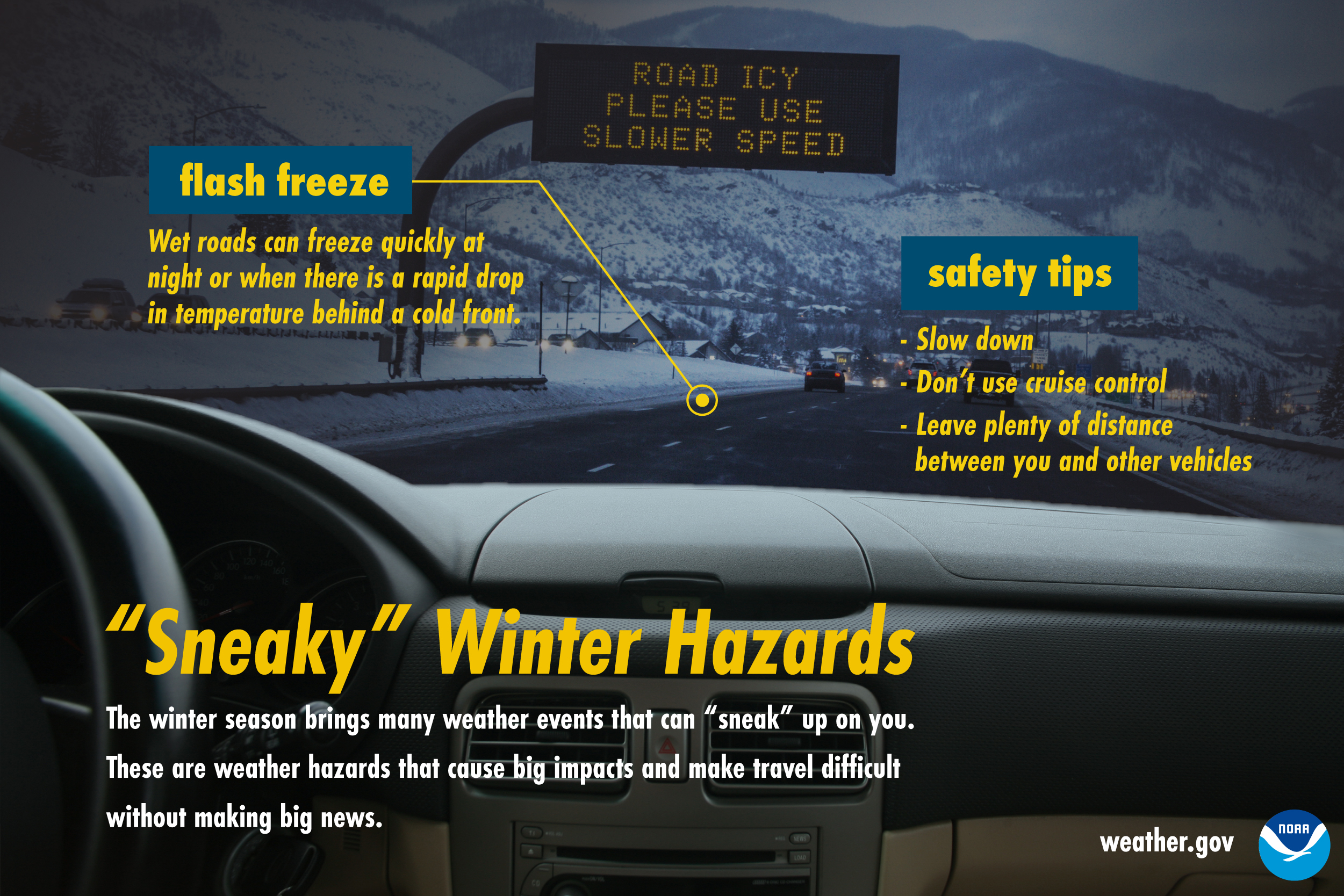 |
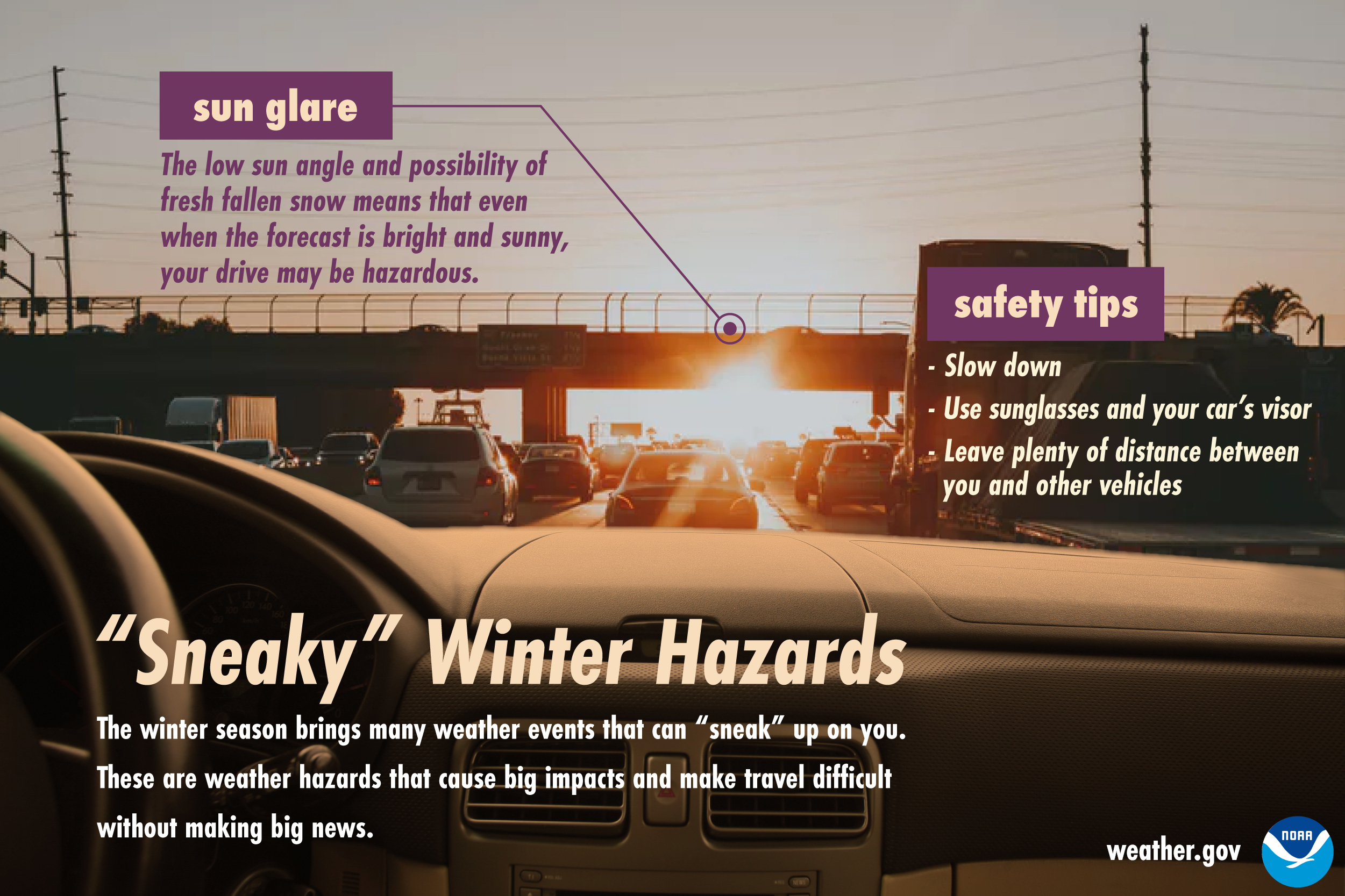 |
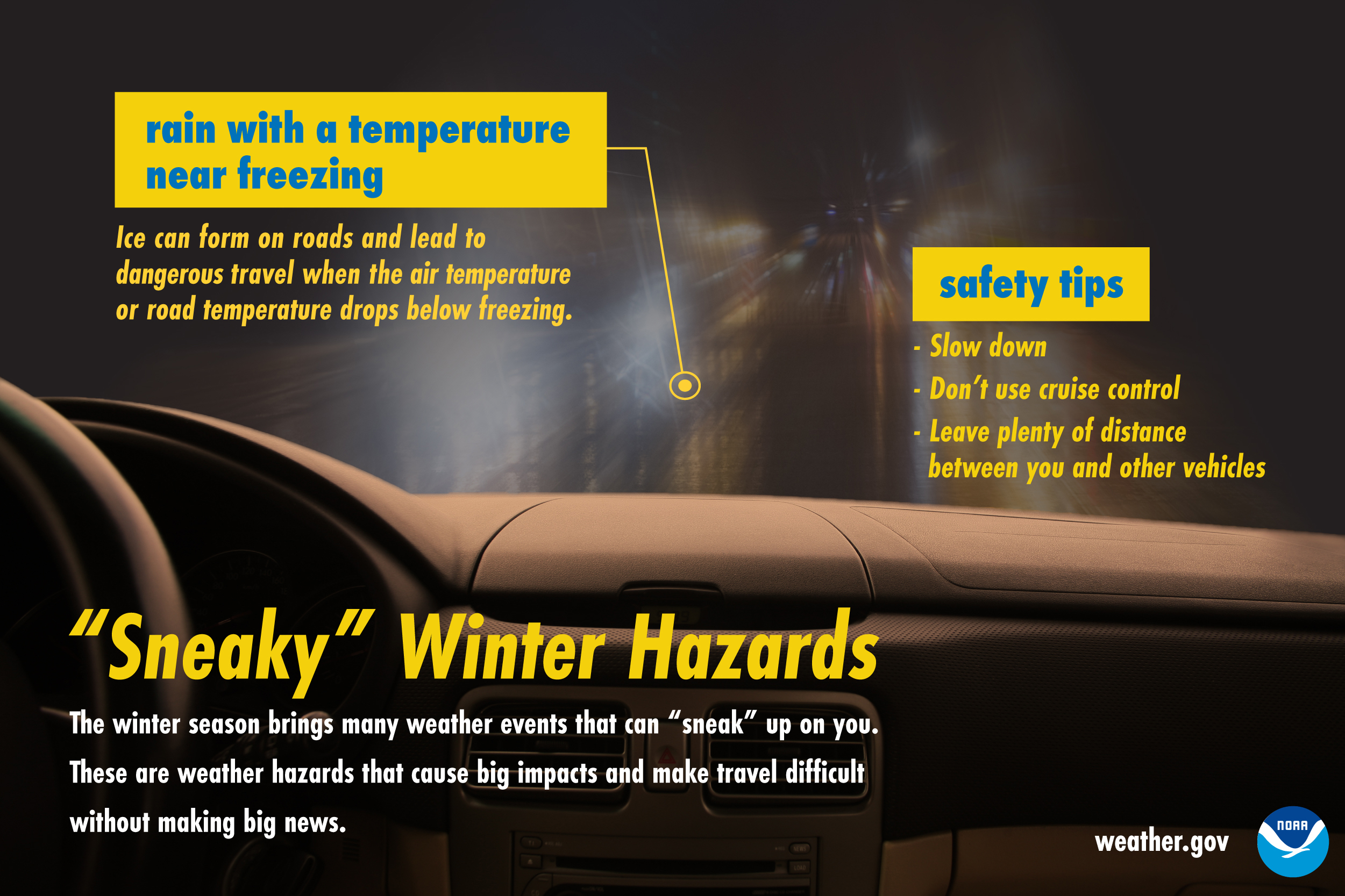 |
 |
 |
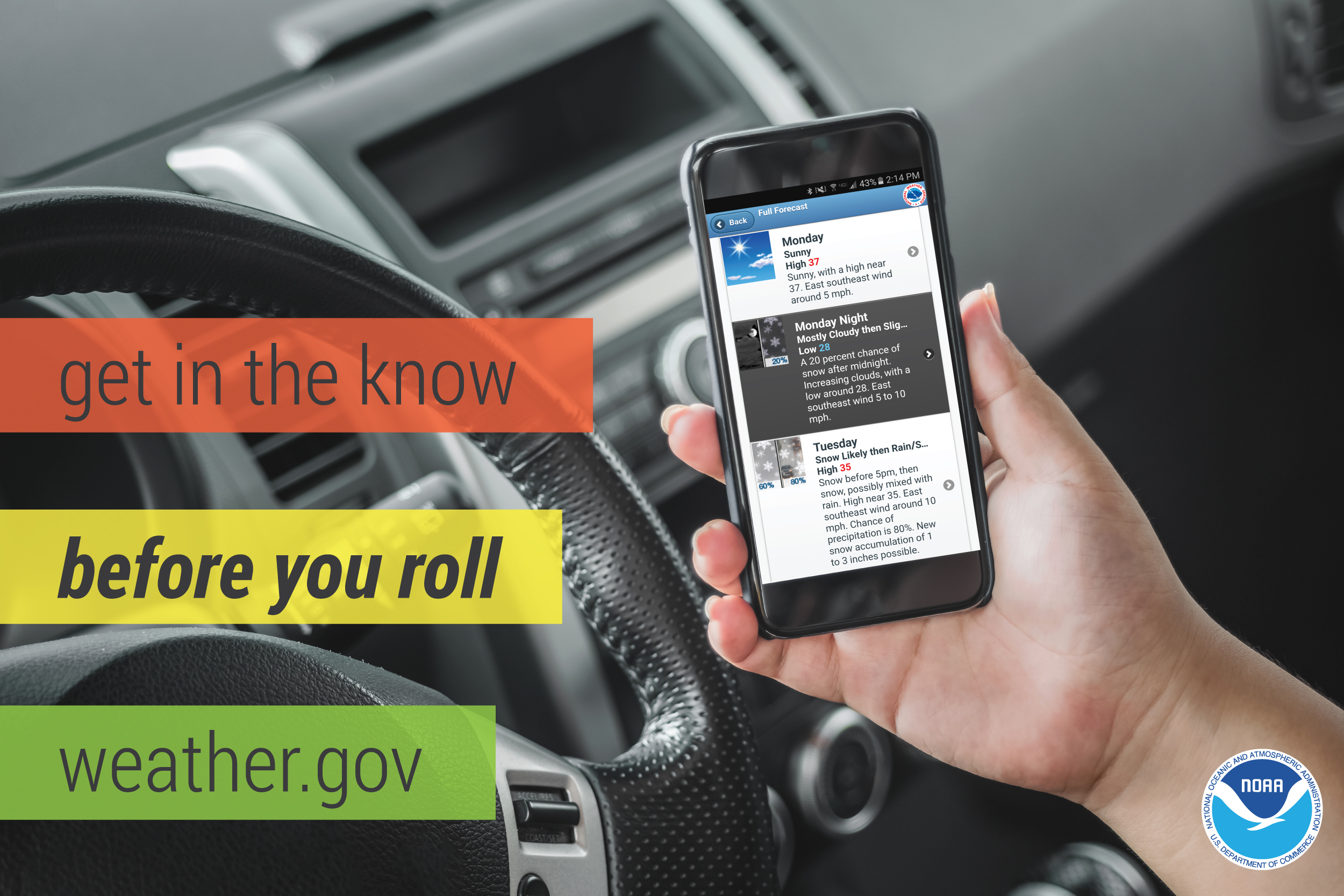 |

|
|
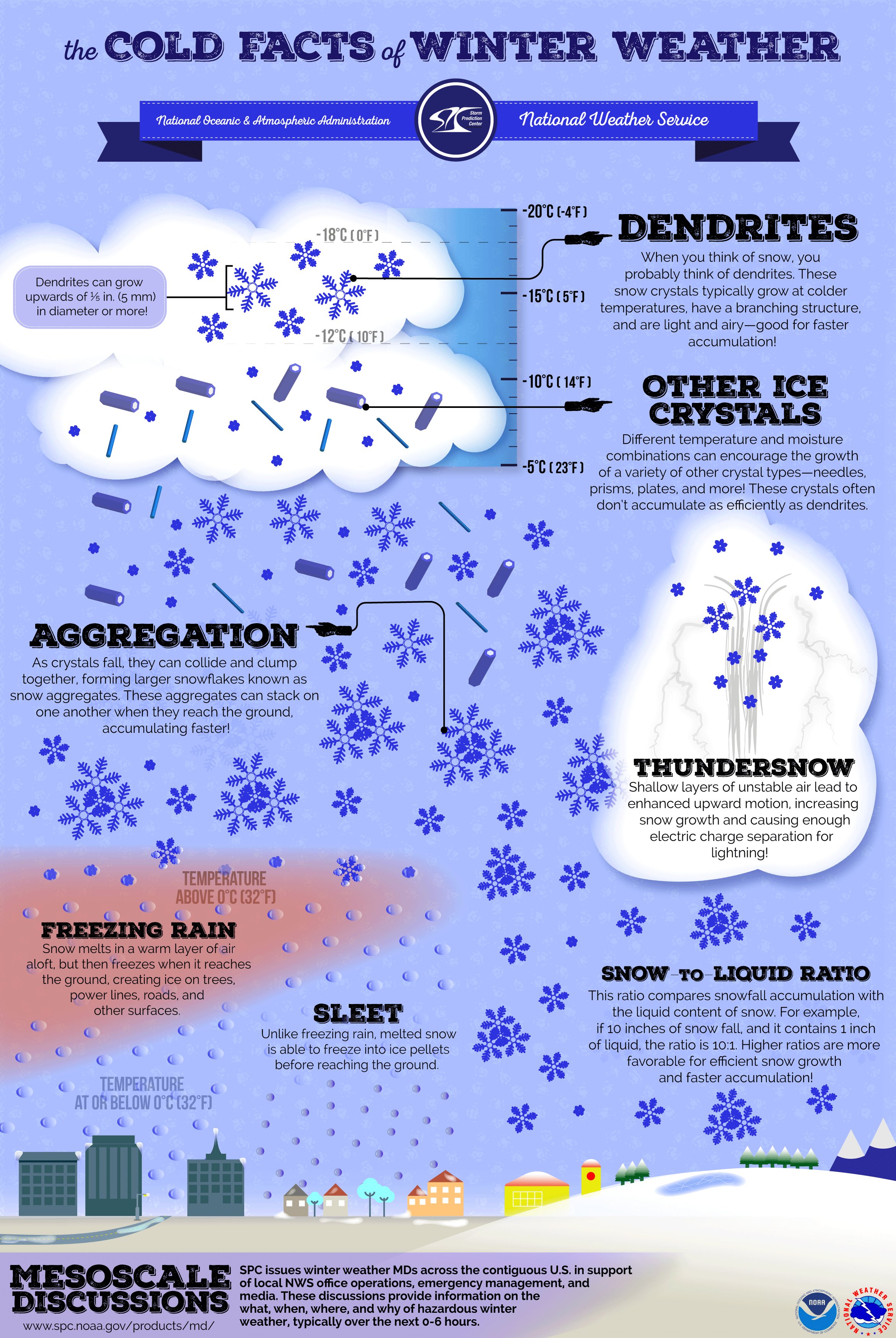 |
 |
 |
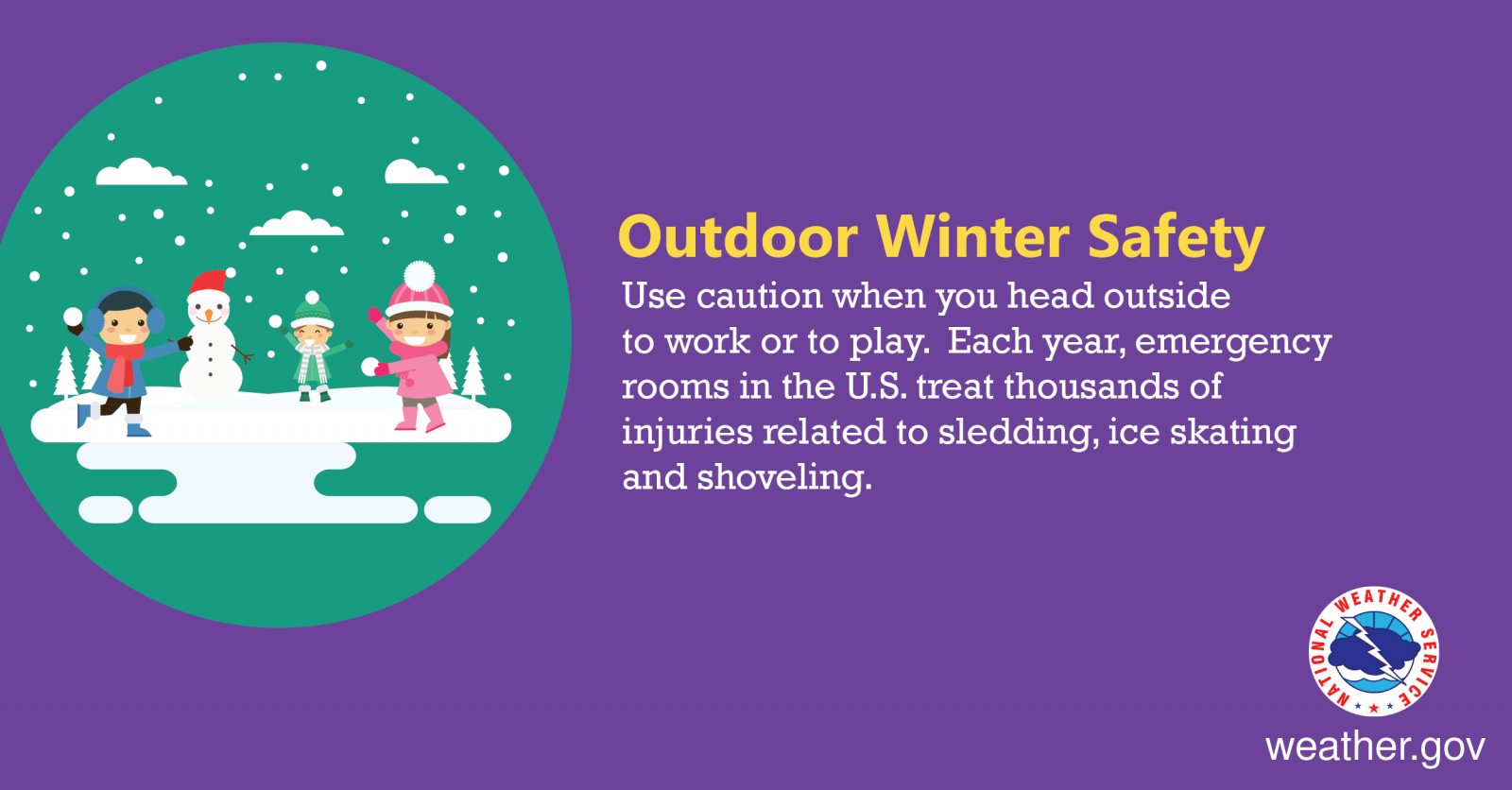 |
 |
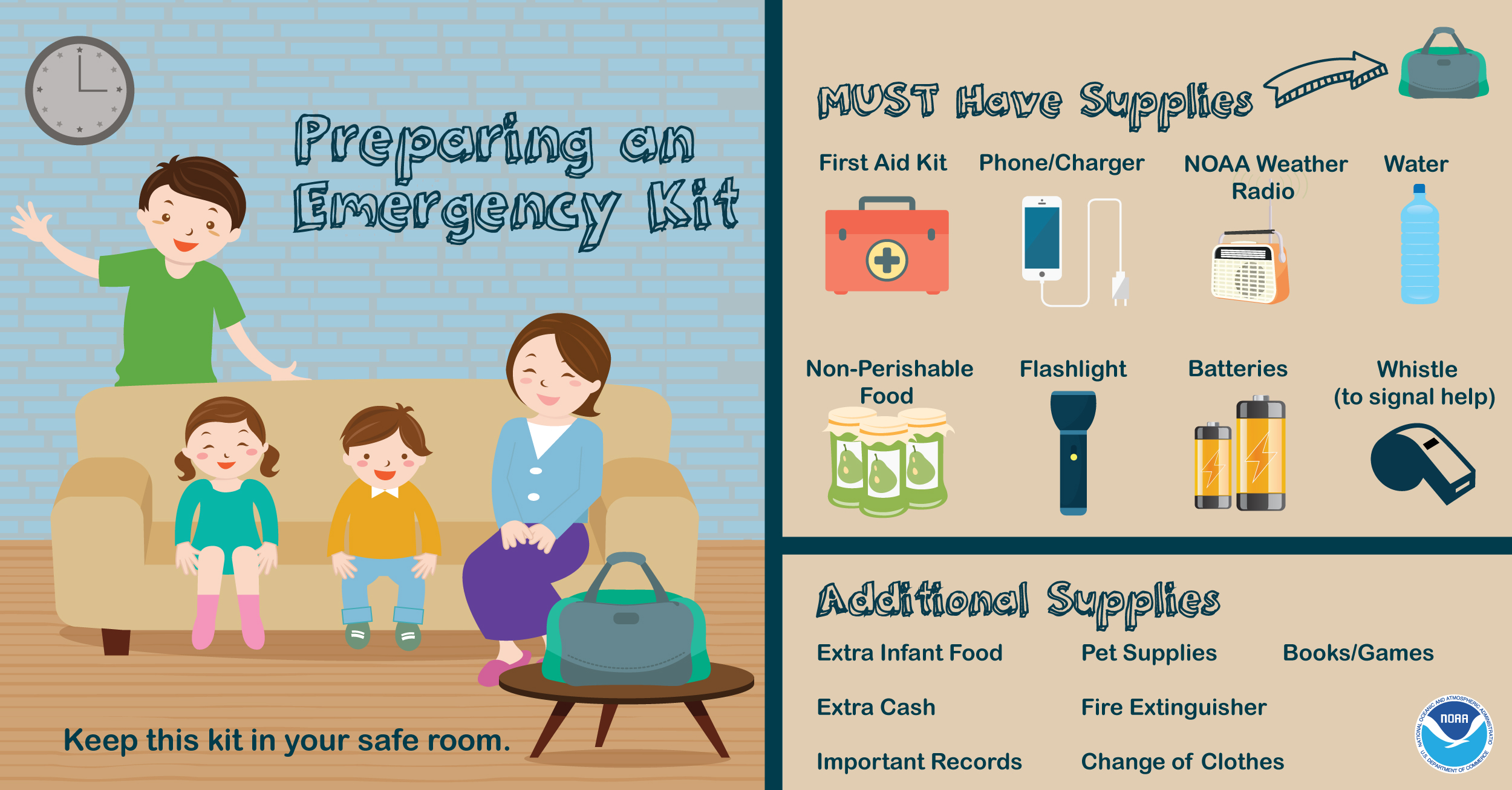 |
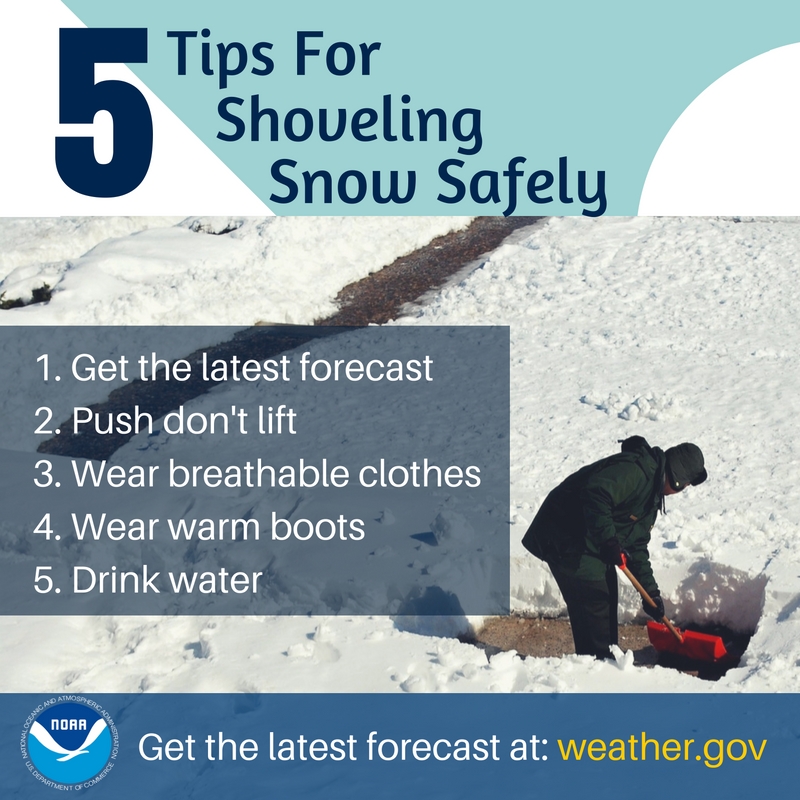 |
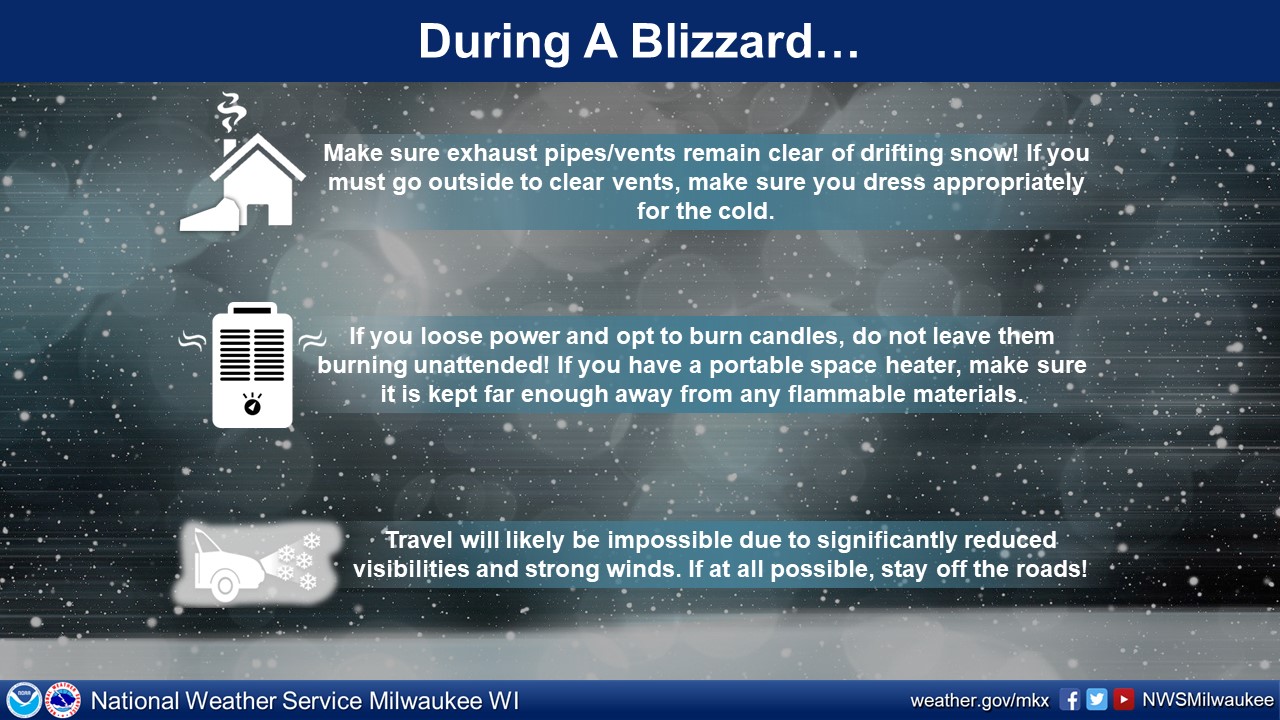 |
 |
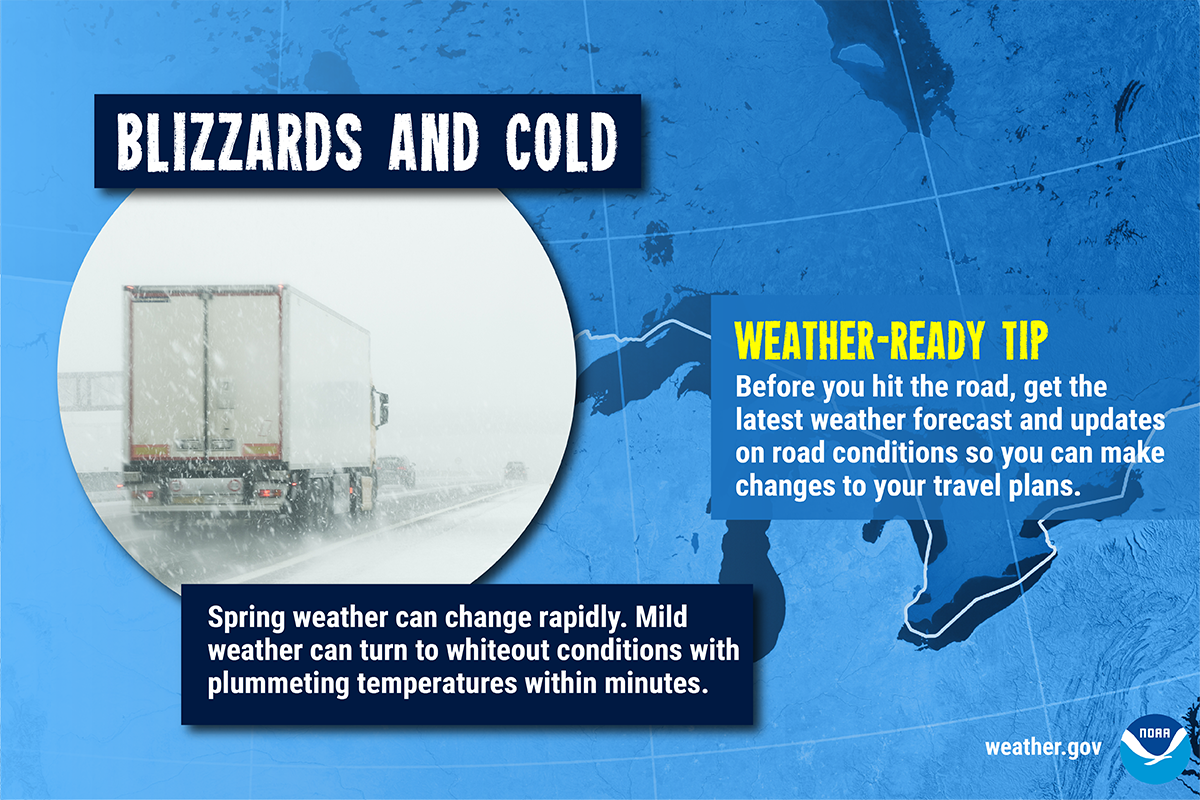 |
 |
 |
 |



 |
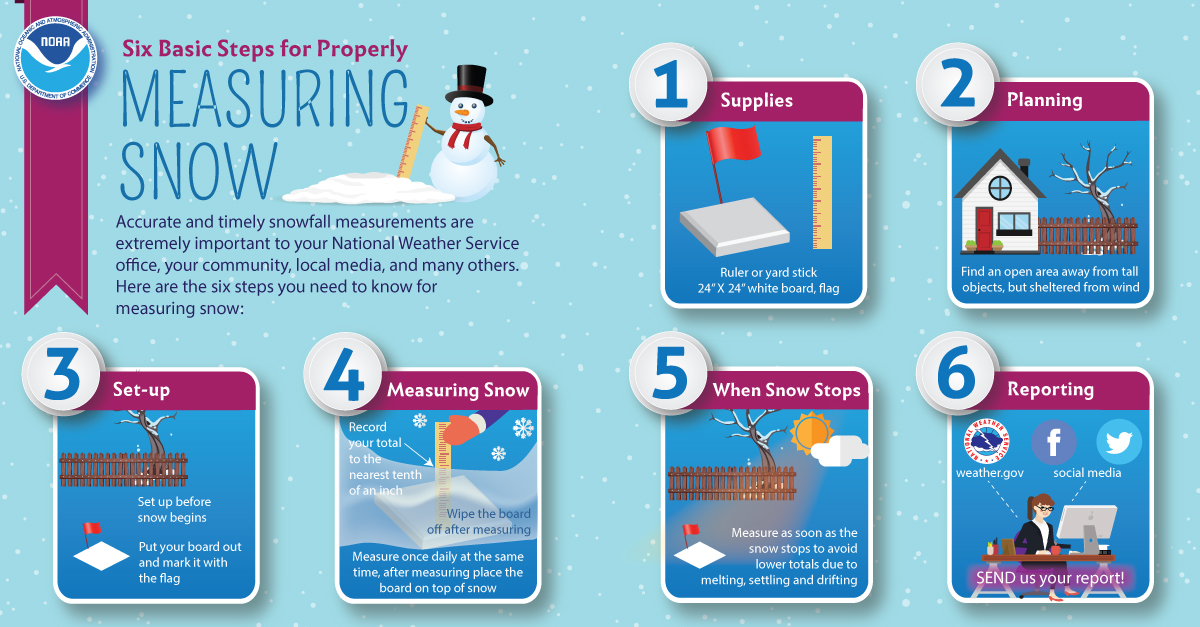 |
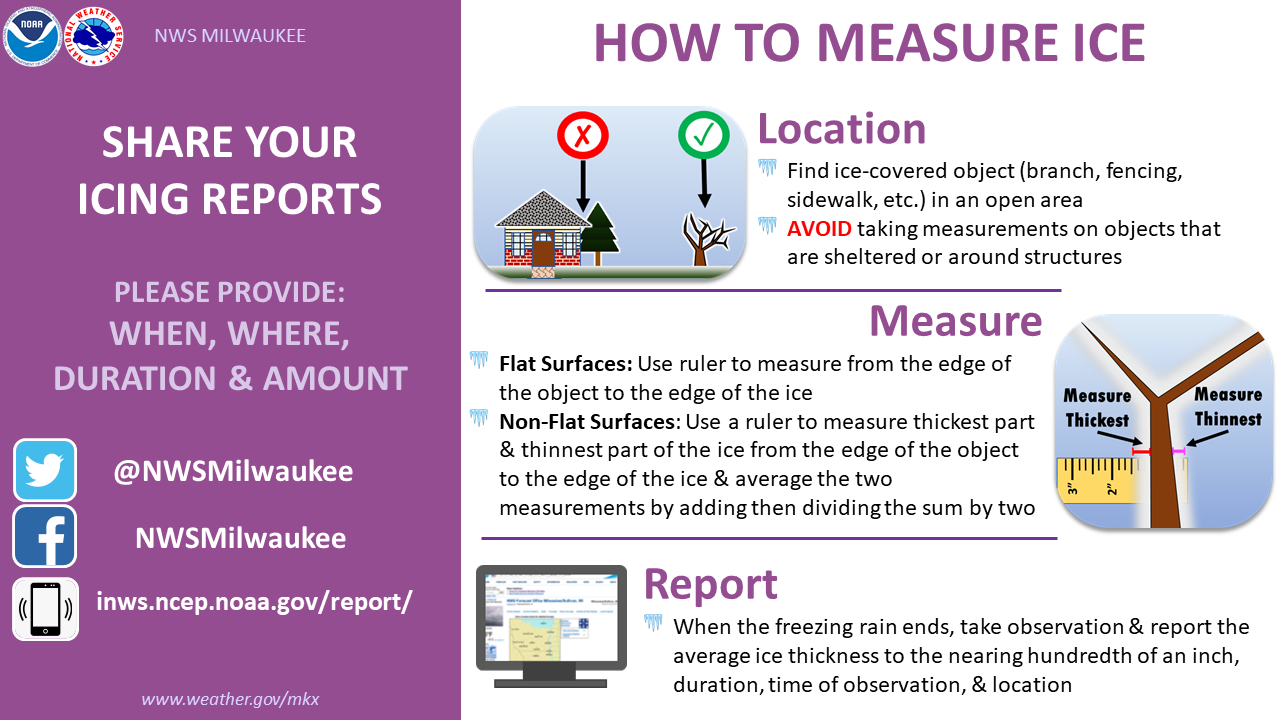 |
Share your Winter Weather Reports with us on social media: |
||
|
|
||
​